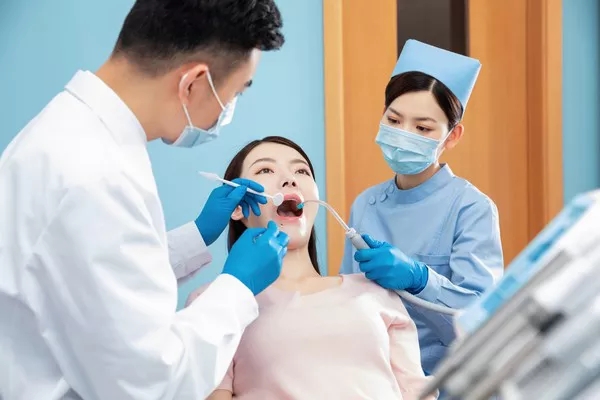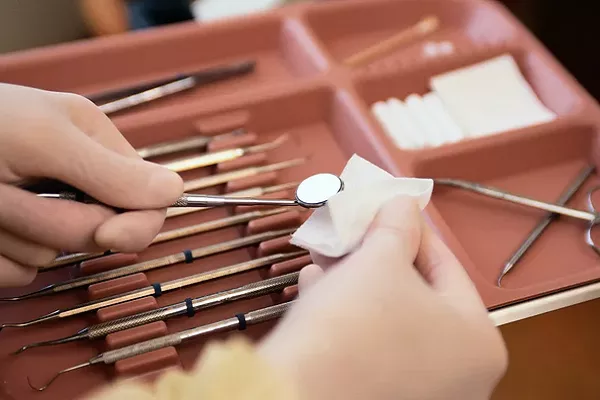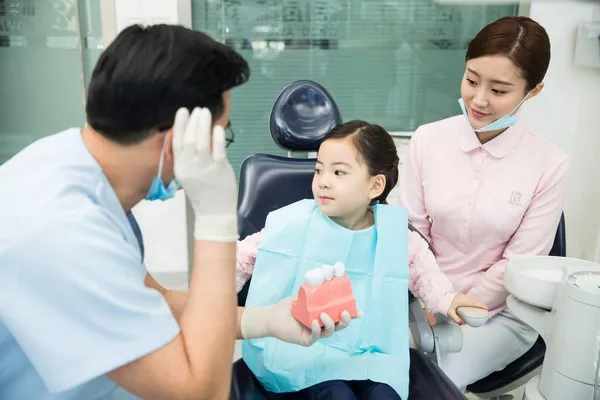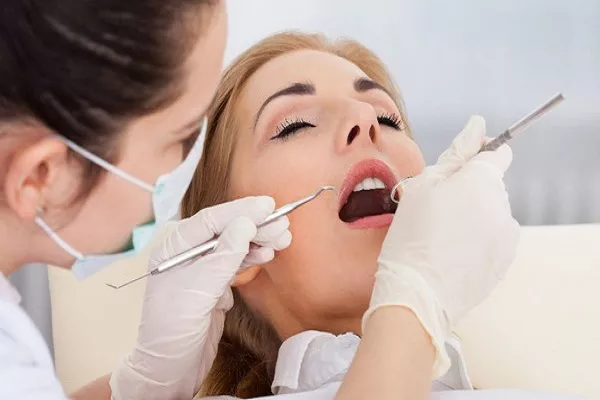A beautiful smile can boost your confidence and enhance your overall appearance. Misaligned teeth can often be a source of discomfort and self-consciousness. While many people seek orthodontic treatment to align their teeth, some may wonder if there are ways to align teeth at home. In this article, we will explore various methods and tips for achieving a straighter smile from the comfort of your own home. However, it’s important to note that complex cases of misalignment may still require professional orthodontic intervention.
Understand the Basics of Teeth Alignment
Before attempting any at-home teeth alignment methods, it’s crucial to have a basic understanding of teeth alignment and the factors that influence it. Teeth alignment issues, such as crowding, spacing, overbites, underbites, and crooked teeth, can be caused by a variety of factors, including genetics, oral habits, and age. The severity of the misalignment will determine the most appropriate treatment approach.
Dental Consultation:
While this article aims to provide information on at-home methods, it is highly advisable to consult with a dentist or orthodontist before attempting any significant changes to your teeth. A professional evaluation will help identify the exact nature of your misalignment and whether at-home methods are suitable for your case.
Dental Hygiene:
Good dental hygiene is the foundation of any orthodontic treatment, whether at home or in a dental office. Proper brushing, flossing, and rinsing with mouthwash will help maintain oral health during your teeth alignment journey. Clean teeth and gums ensure that any at-home methods you choose will be more effective.
Dental Aligners:
Dental aligners are one of the most popular at-home teeth alignment options available today. Clear aligner systems like Invisalign offer a convenient and discreet way to straighten teeth. Here’s how they work:
a. Consultation: Start by consulting an orthodontist or dentist who is experienced with clear aligner systems. They will evaluate your teeth and create a treatment plan tailored to your needs.
b. Custom Aligners: Your orthodontist will take impressions or use digital scans of your teeth to create a series of custom aligners that gradually move your teeth into the desired position.
c. Wearing Aligners: You’ll wear these aligners for 20-22 hours a day, removing them only when eating, drinking, or cleaning your teeth.
d. Progress Checks: Regular check-ins with your orthodontist will ensure that your treatment is progressing as planned.
e. Maintenance: After completing the treatment, you may need to wear a retainer to maintain the results.
While dental aligners offer a viable at-home solution for teeth alignment, they require professional guidance and oversight.
DIY Braces: A Risky Option
Some individuals may consider making their own braces using household items. This is strongly discouraged for several reasons:
a. Safety Concerns: DIY braces can lead to serious dental and health issues, including tooth loss, gum damage, and infections.
b. Lack of Expertise: Orthodontic treatment requires specialized knowledge and training. Attempting to align your teeth at home without professional guidance can result in irreversible damage.
c. Ineffectiveness: Homemade braces are unlikely to achieve the desired results and may even worsen the misalignment.
Teeth Bands
Teeth bands, also known as orthodontic bands or dental bands, are small rubber bands that some individuals use to try to close gaps between their teeth. These bands are available over the counter and are typically marketed as a low-cost alternative to professional orthodontic treatment.
While teeth bands may provide some minor improvements for minor spacing issues, they come with significant risks:
a. Tooth Damage: Using teeth bands without professional supervision can cause irreversible damage to your teeth and gums.
b. Infection: Ill-fitting bands can lead to infection and gum issues.
c. Misalignment: Attempting to use teeth bands to correct complex misalignment problems can result in further issues.
It is essential to reiterate that teeth bands should only be used under the guidance and supervision of a dental professional if deemed appropriate for your specific case.
Oral Exercises and Habits
In some cases, minor teeth misalignment issues can be improved through specific oral exercises and habits. Here are a few examples:
a. Tongue Exercises: Certain tongue exercises can help correct tongue thrusting habits that may contribute to misalignment issues.
b. Oral Posture: Pay attention to your oral posture, including the position of your tongue and lips when at rest. Proper oral posture can positively impact alignment over time.
c. Mewing: Mewing is a technique that involves proper tongue posture against the roof of the mouth. It’s claimed to have potential benefits for facial and dental aesthetics, but scientific evidence is limited.
It’s essential to remember that these methods are most effective for minor alignment issues and should be performed under the guidance of a dental professional.
Dental Veneers
Dental veneers are thin shells of porcelain or composite resin that are custom-made to cover the front surface of teeth. While veneers are primarily used for cosmetic purposes, they can also provide a minor alignment effect by improving the appearance of misaligned teeth.
However, it’s important to note that veneers do not correct the underlying alignment issues. They are a cosmetic solution and may not be suitable for severe misalignment problems.
Dental Monitoring Apps
Advancements in technology have led to the development of dental monitoring apps that allow individuals to track their teeth alignment progress at home. These apps work in conjunction with clear aligner systems and involve taking regular photos of your teeth, which are then analyzed by dental professionals remotely.
While dental monitoring apps can provide convenience and minimize in-person visits to the orthodontist, they are not a standalone solution. Professional oversight is still necessary to ensure that your treatment is on track and to address any issues that may arise.
Maintain a Healthy Diet
Your diet can play a significant role in your teeth alignment journey. Here are some dietary considerations:
a. Avoid Sugary Foods: Sugary foods and drinks can contribute to tooth decay and gum disease, which may complicate orthodontic treatment.
b. Soft Foods: During the initial stages of orthodontic treatment or when experiencing discomfort, opt for soft foods that are easier on your teeth.
c. Balanced Nutrition: Ensure your diet includes a variety of nutrients necessary for strong teeth and bones, such as calcium, vitamin D, and phosphorus.
Patience and Consistency
Achieving teeth alignment at home, especially with methods like clear aligners, requires patience and consistency. Follow your orthodontist’s recommendations diligently, wear your aligners as prescribed, and attend all scheduled check-ups to ensure your progress is on track.
Potential Risks and Side Effects
It’s crucial to be aware of the potential risks and side effects associated with at-home teeth alignment methods. These may include:
a. Tooth and Gum Damage: Improperly used methods like teeth bands or DIY braces can lead to permanent damage to your teeth and gums.
b. Discomfort: Orthodontic treatments, including clear aligners, may cause some discomfort initially. This is normal and should subside as your teeth adjust.
c. Infection: Poor oral hygiene practices can lead to gum infections or other oral health issues.
d. Ineffectiveness: Some at-home methods may not be suitable for all types of misalignment and could result in wasted time and resources.
Conclusion
Achieving teeth alignment at home is possible for some individuals with minor alignment issues, but it’s essential to approach it with caution and under the guidance of a dental professional. Clear aligners and dental monitoring apps are among the most reliable at-home methods, but they still require professional oversight.
For more complex misalignment problems, it is advisable to seek the expertise of an orthodontist who can provide customized treatment plans and ensure the best possible outcome for your oral health and overall well-being. Remember, a beautiful, healthy smile is an investment that pays off in the long run.
Related Topics:
































